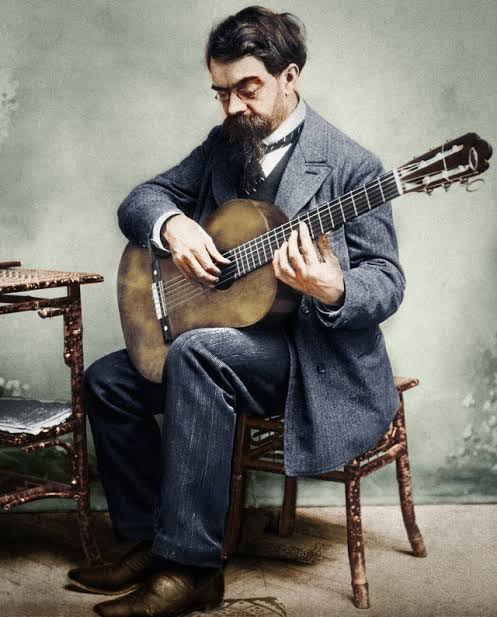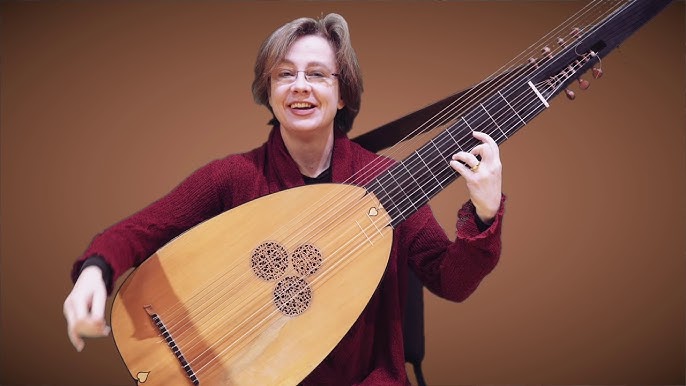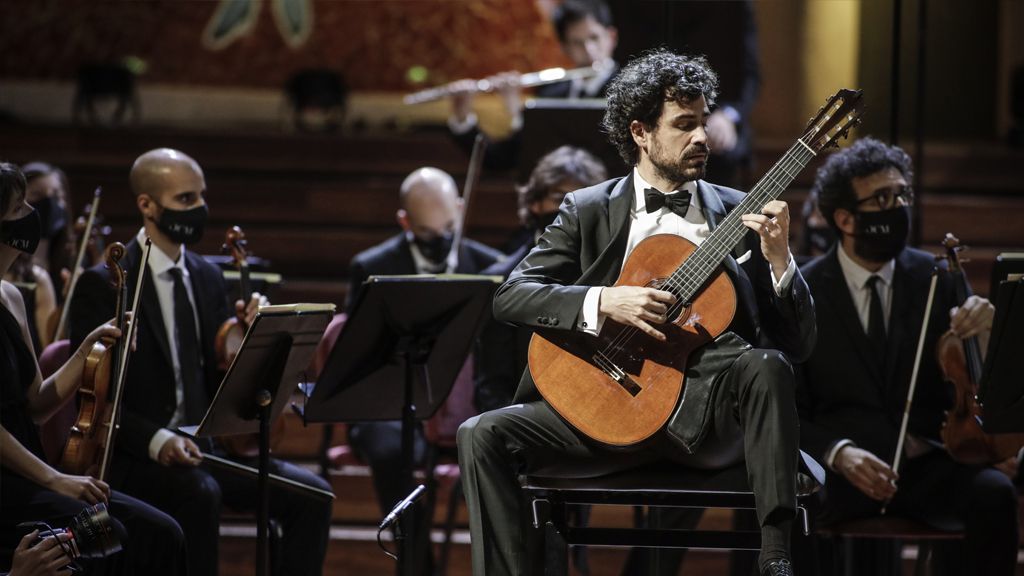Klasik Gitar
History and Evolution
The classical guitar, with its rich history spanning centuries, has evolved from ancient stringed instruments to become a cornerstone of musical expression. Its origins trace back to ancient Mesopotamia and Egypt, where early plucked string instruments were developed. The modern classical guitar's direct ancestors emerged in Renaissance Europe. The vihuela and four-course guitar, popular in 16th-century Spain, contributed to its development. By the Baroque era, the five-course guitar had become prevalent, setting the stage for further refinements. The transition to the six-string guitar occurred gradually in the late 18th century. This innovation allowed for greater tonal range and expressiveness, quickly becoming the standard for classical guitars. Antonio de Torres Jurado, a 19th-century Spanish luthier, is widely regarded as the father of the modern classical guitar. His revolutionary designs, including a larger body and improved bracing system, dramatically enhanced the instrument's volume and tonal qualities. The late 19th and early 20th centuries saw a surge in the guitar's popularity as a concert instrument. Virtuosos like Francisco Tárrega and Andrés Segovia elevated its status, composing new works and transcribing pieces from other instruments. Throughout the 20th century, luthiers experimented with new materials and construction techniques. The repertoire expanded significantly, with composers like Heitor Villa-Lobos, Manuel Ponce, and Joaquín Rodrigo writing seminal works. Recent decades have seen the classical guitar embrace global influences and new technologies. The introduction of nylon strings in the mid-20th century improved tuning stability and tone consistency. Today, the classical guitar remains a vital force in music education and performance. Its intimate sound, expressive capabilities, and rich history continue to captivate musicians and audiences alike, ensuring its enduring place in the world of music.
- Guitar
- Theory
- Lessons



